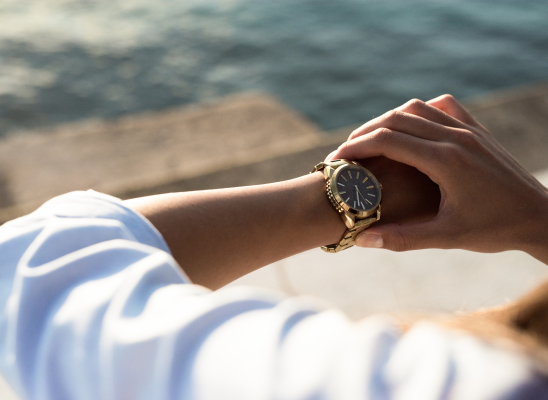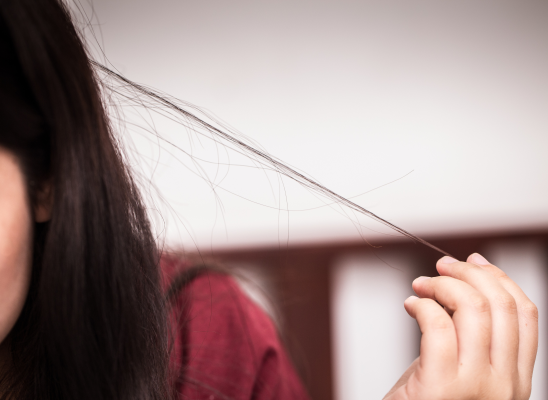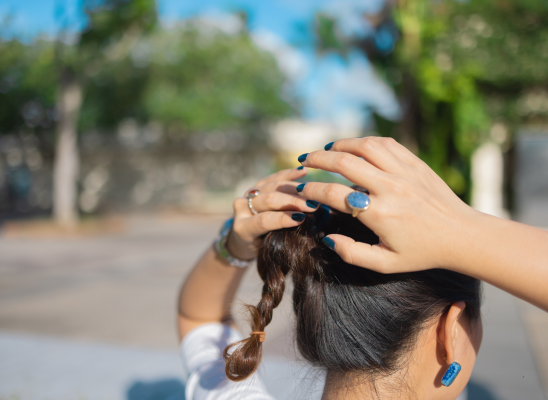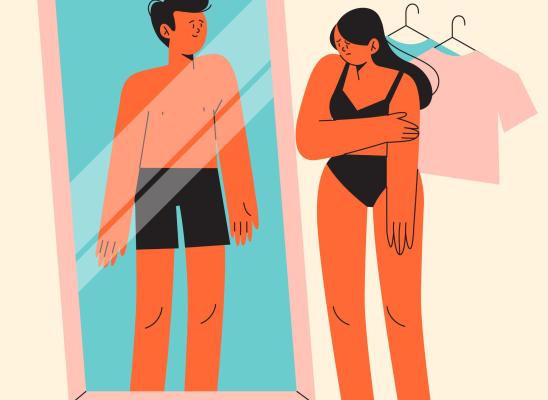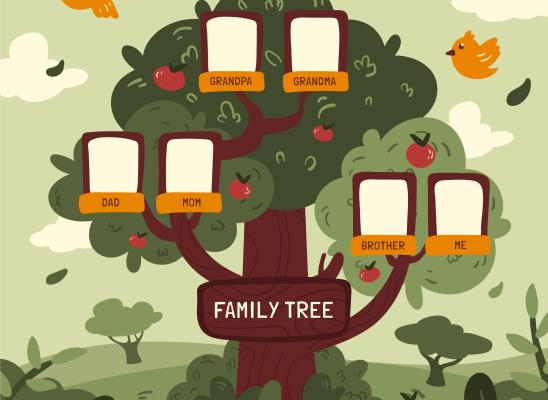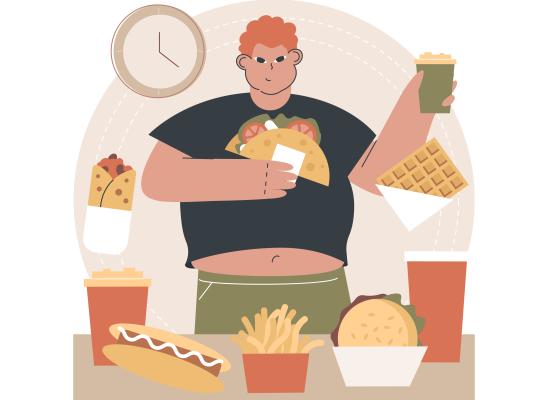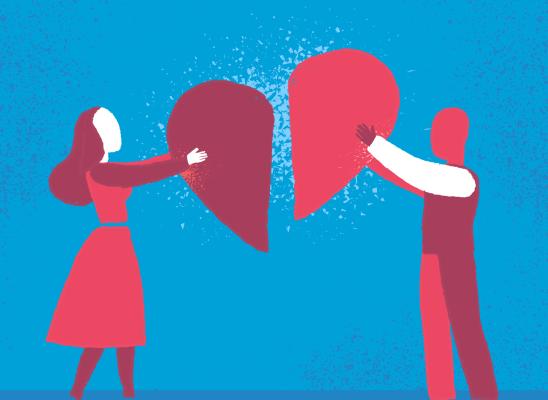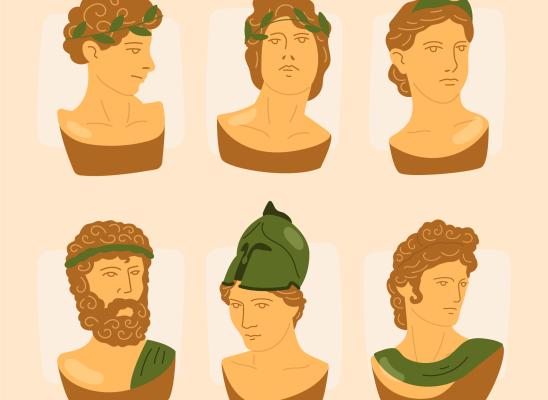Latest
Information
Recognizing the Early Signs of Trichotillomania
Information
Breaking the Myths About Trichotillomania
Online test
Find out the severity of your symptoms with this free online test
Get invited to upcoming
webinars and events
Notify me
Enter a valid email address.
Research
Online Test for Hair Pulling
How Severe is Your Hair Pulling Disorder? Find Out With This Free Online Test
Take the testStart your journey with TrichStop
Take control of your life and find freedom from hair pulling through professional therapy and evidence-based behavioral techniques.
Start Now






